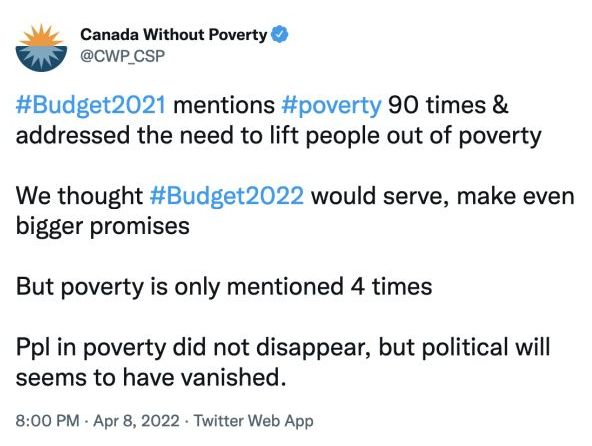URBANA, Illinois, USA, Jul 29 (IPS) – Across the U.S., and around the world, particularly Europe, heat records are being shattered. Accompanying these extreme temperatures are fires caused by the heat that are burning both homes and forests. While extreme heat is impacting some areas of the world, flooding is impacting other areas including Colorado and Virginia in the U.S., and in other countries around the world including Brazil and Ecuador.
These climate-linked events that are occurring in regions and areas that have never been impacted before send the signal that no one is immune to climate change. All countries and citizens must act with urgency to mitigate this existential threat.
Indeed, these historical catastrophes create an important moment for all of us, including policy makers at both the state and federal level, to roll out bold reforms on many issues, including heat and agriculture.
As countries consider climate mitigation initiatives, they need to be sure to strengthen agricultural crops’ resilience to extreme heat, drought, insect herbivory and flooding, that have become increasingly common. These crops include maize, rice, soybeans, wheat and tomatoes.
Like humans, crops are sensitive to extreme heat. When temperatures increase, crops wither, their health deteriorates, and normal development is affected. Studies have shown that crops and crop varieties that are susceptible to heat stress are impacted the most.
Heat stress causes the deterioration of several important plant physiological processes including photosynthesis, respiration, and transpiration. Further, it causes the accumulation of toxic substances in plant cells including phenolic compounds and reactive oxygen species.
Plants’ ability to grow is affected and their life cycle is shortened. Ultimately, crop yields are reduced with consequences for food supply and agriculture, an important sector of the economies of many countries including the US, the UK, Spain, France and many African countries.
In the US, according to the United States Department of Agriculture, agriculture and related industries contributed $1.055 trillion to the U.S. gross domestic product (GDP) in 2020. In the UK, in 2021, agriculture contributed around 0.5% to the economy.
In China, the agricultural sector contributes 8.9% to China’s GDP. In African countries and other emerging countries, agriculture can account for more than 25% of GDP according to the World Bank.
Heat waves increase the risks of crop failures, threatening food security for billions of people.
Indeed, scientists around the world have generated evidence of the crop and yield losses associated with heat waves and extreme temperatures. A 2017 study that examined extensive published results showed that temperature increase reduces global yields. Similarly, a 2018 study that examined more than 82,000 yield data from 17 European countries also found the same trend.
Crop failures and productivity losses due to excessive heat, drought and flooding are taking place in many countries. The magnitude of these crop failures, however, varies enormously depending on the region and its wealth.
African countries, for example, suffer the most. A 2022 report prepared by the United Nations Intergovernmental Panel on climate change reported that intense heat waves, frequent droughts and floods have reduced agricultural productivity in African countries by 34 percent.
Worrying is the fact that crop devouring pests such as the fall armyworm and locusts, pests that have emerged to be serious pests also thrive when temperatures exceed the normal. Because insects are poikilothermic (meaning their temperature varies with the environment), elevated temperatures are associated with increased metabolic rate and an increased consumption of plants, leading to greater damage.
Additionally, insects like the fall armyworm can adjust their life-history strategies, further allowing them to thrive across a wide range of stressful temperatures. What’s more is that recent models suggest that each additional degree of warming will increase crop losses to insects by 10-25 percent.
It’s clear that as governments begin to strategize on how to mitigate heat waves, and other climate change brought about extremes, they must not forget agriculture.
Strengthening agricultural resilience can include developing disaster preparedness and response plans, continuing to fund agricultural research and other climate change research and accelerating outreach and education about climate-smart practices.
Climate-smart practices that can alleviate crop failures when extreme temperatures arise are diverse and include:
- Planting heat and drought tolerant crop varieties that have been bred to enhance their photosynthetic capacities and water use efficiencies when periods of stress occur
- Applying products such as silicon and silicone nanoparticles, and
- Using inoculants made from naturally occurring beneficial soil microbes that can confer tolerance to heat and drought among other stressors.
Thankfully science researchers around the world continue to advance our understanding of crops response to climate-linked stresses. We can learn from them.
In the race to mitigate climate change brought about heat waves, we must not forget strengthening agriculture.
Dr. Esther Ngumbi is an Assistant Professor at the University of Illinois at Urbana Champaign, and a Senior Food Security Fellow with the Aspen Institute, New Voices.
© Inter Press Service (2022) — All Rights ReservedOriginal source: Inter Press Service
Check out our Latest News and Follow us at Facebook
Original Source
